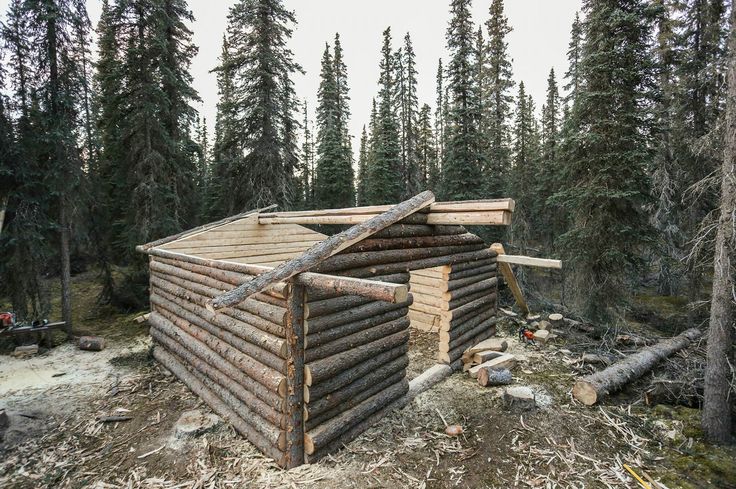Your Cozy Wilderness Home: Build a Bushcraft Shelter with a Hanging Wood Stove, Soft Light & Foraged Feasts
Escape the relentless demands of modern life and embrace the profound tranquility of the wilderness by crafting your own cozy bushcraft shelter. Imagine the gentle, radiating warmth of a hanging wood stove chasing away the chill, the soft, flickering glow of an oil candle casting dancing shadows on rough-hewn walls, and the unparalleled satisfaction of savoring a delicious meal prepared with wild mushrooms carefully foraged from the surrounding forest floor. Bushcraft offers a path to self-sufficiency and a deeper connection with nature, and this guide will illuminate the essential steps and considerations for building your very own comfortable wilderness haven, complete with efficient heating, sustainable lighting, and the potential for truly wild cuisine.

Crafting Comfort: Planning Your Cozy Bushcraft Shelter
The journey to a cozy bushcraft shelter begins with thoughtful planning. Select the ideal location, considering natural protection from wind and rain, proximity to essential resources like water and potential firewood, and always adhere to ethical Leave No Trace principles, minimizing your environmental impact. Determine the optimal size and style of your shelter. A simple lean-to might suffice for short stays, while an A-frame or debris hut offers more enclosed coziness for longer durations. Incorporate design elements for comfort: ensure ample headroom, create a dry and insulated sleeping area using natural materials, and designate specific spaces for your hanging wood stove and cooking activities. Remember to sustainably source all your natural building materials, taking only what you need and ensuring the health of the surrounding ecosystem.

DIY Wilderness Heat: Build and Install a Hanging Wood Stove
A hanging wood stove can transform a basic bushcraft shelter into a truly cozy retreat, especially during colder months. These stoves offer several advantages in small spaces: efficient heat distribution, a space-saving design that keeps the floor clear, and a reduced risk of ground fires. Building a DIY hanging wood stove can be a rewarding project. Consider using a repurposed metal container (like a sturdy can or small bucket) as the firebox and sections of metal pipe for the chimney. Securely suspend the stove using strong wire or rope from the shelter’s frame, ensuring stability and a safe distance from flammable materials. Design and implement a safe and effective chimney system for proper ventilation and to ensure smoke escapes efficiently. Always prioritize fire safety precautions inside your bushcraft shelter when using a wood stove; keep flammable materials away and ensure adequate ventilation.

Sustainable Light: Make and Use an Oil Candle
In the quiet of the wilderness, the soft glow of an oil candle offers a sustainable and atmospheric alternative to harsh electric light. These simple lamps provide gentle, ambient illumination, burn for extended periods, and are relatively safe and easy to create using natural or readily available materials. To make a basic oil candle, you’ll need a small, stable container (a tin can or a carved piece of wood with a depression works well), a natural wick (braided cotton cord or tightly twisted dried plant fibers), and a suitable oil source. Rendered animal fat (if ethically sourced) or vegetable oil can serve as fuel. Design your oil candle with a wide base to prevent tipping and spills, minimizing fire risks. Experiment with wick length to optimize light output and burn duration. Always exercise caution when using an open flame inside your bushcraft shelter, and never leave it unattended.

Wilderness Gourmet: Safely Identify and Cook Wild Mushrooms
For the adventurous bushcrafter, the forest floor can offer a delectable bounty in the form of wild mushrooms. However, ABSOLUTE EMPHASIS ON SAFETY IS PARAMOUNT. Misidentification can lead to severe poisoning or even death. NEVER EAT A WILD MUSHROOM UNLESS YOU ARE 100% CERTAIN OF ITS IDENTIFICATION BY A CERTIFIED MYCOLOGIST. Begin your learning journey with reputable field guides (both print and online) featuring clear identification keys and photographs. Consult with local mycological societies or experts for guidance. When foraging, only harvest mature specimens and avoid areas with potential contamination. Some commonly found edible wild mushrooms (with the strongest possible disclaimer about the need for expert identification) include morels, chanterelles, and oyster mushrooms. Always cook wild mushrooms thoroughly over your campfire or hanging wood stove. Be aware of the deadly dangers of toxic look-alikes and familiarize yourself with the symptoms of mushroom poisoning. When in doubt, THROW IT OUT.

Creating Your Cozy Camp: Tips for a Comfortable Bushcraft Shelter
Transforming your basic bushcraft shelter into a truly cozy retreat involves thoughtful touches. Utilize natural materials like pine boughs, layers of leaves, or moss to create comfortable and insulated bedding. Designate specific areas within your shelter for sleeping, cooking, and simply relaxing. Incorporate natural elements for decoration and ambiance—smooth stones, interesting branches, or woven plant fibers can add a touch of wilderness charm. Establish a simple daily routine that allows you to appreciate the quiet rhythm of the forest. Above all, practice Leave No Trace principles diligently, ensuring that your cozy bushcraft camp leaves no lasting negative impact on the beauty and sustainability of the environment.

Conclusion:
Building a cozy bushcraft shelter complete with the warmth of a hanging wood stove, the gentle light of an oil candle, and the potential for safely enjoying foraged wild mushrooms offers a deeply rewarding and self-sufficient experience in the wilderness. Remember that safety, sustainability, and a profound respect for the natural environment should always guide your bushcraft endeavors. The creation of your own comfortable wilderness haven is an invitation to slow down, connect with nature, and discover the simple joys of living in harmony with the forest.
What are your favorite ways to make a bushcraft shelter feel more like home? Share your tips and experiences in the comments below, and always prioritize safety and expert identification when foraging wild foods!